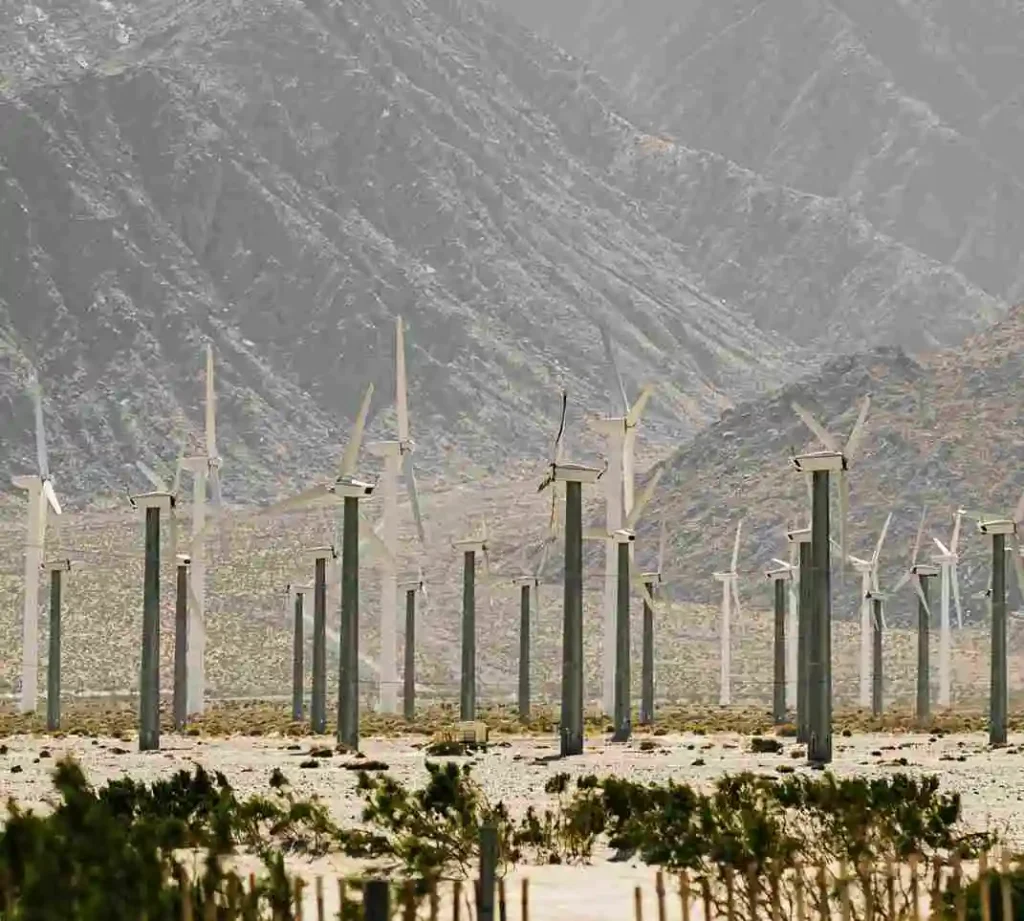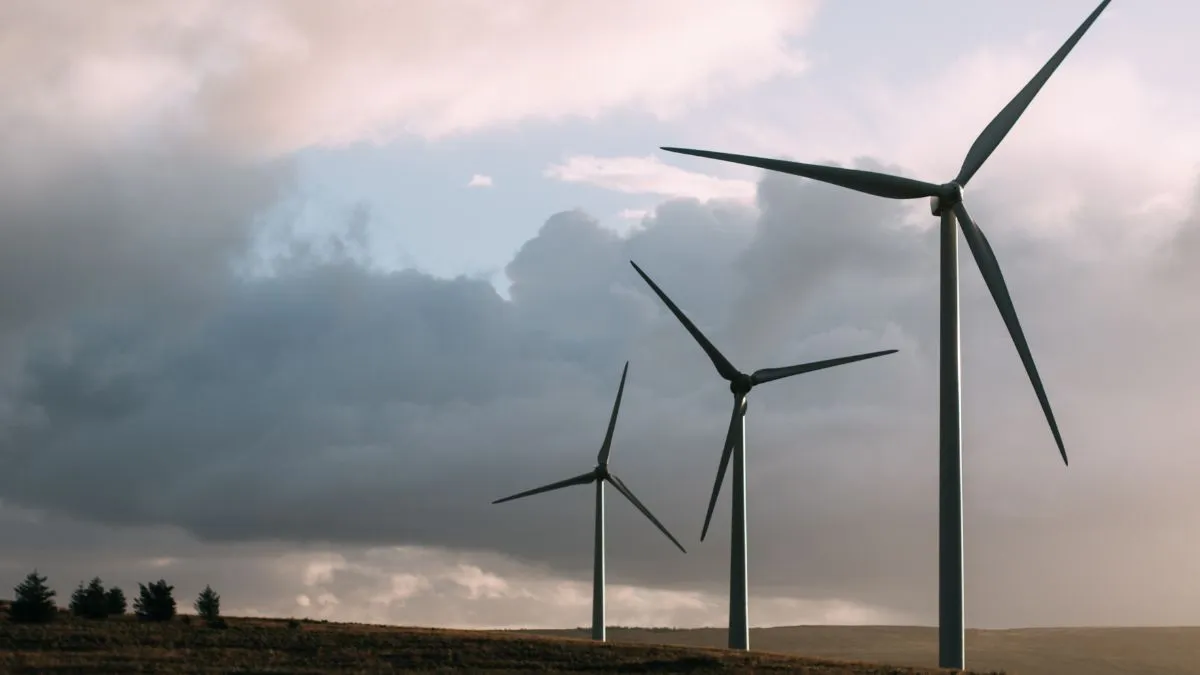In recent times, the world has been actively seeking alternative and sustainable sources of energy to combat the challenges posed by climate change and the depletion of non-renewable resources. What are the advantages of wind energy? This article explores the advantages of wind energy and its potential to revolutionize the global energy landscape.
Understanding Wind Energy
Definition of Wind Energy
Wind energy is the conversion of the wind’s kinetic energy into electrical or mechanical power. It is a type of renewable energy, which means it is based on an infinite source – the wind.
How Wind Energy is Captured
Wind energy is captured using wind turbines, which consist of blades that rotate when exposed to wind, and a generator that converts the rotational energy into electricity.
History of Wind Energy Usage
The utilization of wind energy dates back centuries when windmills were used for grinding grain and pumping water. Modern wind turbines are now an important part of the worldwide push to promote sustainable energy.
Advantages of Wind Energy

Renewable and Clean Source of Energy
Wind energy is an infinite resource as long as the wind continues to blow, making it a sustainable alternative to fossil fuels. Additionally, wind power generates electricity without emitting harmful greenhouse gases or pollutants, significantly reducing carbon footprints.
Also Read: What is the Importance of Solar Energy?
Environmentally Friendly
Unlike traditional power plants that rely on fossil fuels, wind energy does not produce air or water pollution, reducing the overall impact on the environment and protecting natural ecosystems.
Energy Independence
Relying on wind energy reduces a country’s dependence on imported fossil fuels, increasing energy security and independence.
Minimal Water Consumption
Unlike conventional power plants, wind turbines do not require large amounts of water for cooling, making them a sustainable choice in regions facing water scarcity.
Challenges and Mitigations
Intermittency and Energy Storage
One of the challenges of wind energy is its intermittency, as wind speeds vary. Energy storage solutions, like batteries, can mitigate this issue by storing excess energy for use during calm periods.
Environmental Impact on Wildlife
Wind turbines can harm wild life. Wind turbines can pose risks to certain bird and bat species. Proper siting and turbine design can help minimize these impacts.
You can read this: What Are Geothermal Power Plants?
Conclusion
Wind energy has several advantages, making it an important role in the transition to a sustainable energy future. With its environmental benefits, cost-effectiveness, and potential for economic growth, harnessing the power of the wind is a step towards a cleaner and greener planet.
FAQs
Is wind energy completely pollution-free?
While wind energy generation itself produces no emissions, some emissions may be associated with the manufacturing, installation, and maintenance of wind turbines. However, these emissions are significantly lower than those from fossil fuel-based power plants.
Are there any regions where wind energy is not suitable?
Certain regions may not have sufficient wind resources for large-scale wind farms, technological advancements are making it possible to harness wind energy in various locations.
What happens when the wind doesn’t blow?
Intermittency is a challenge with wind energy. Energy storage solutions, like batteries and pumped hydro storage, can store excess energy during windy periods for use when the wind is not blowing.




